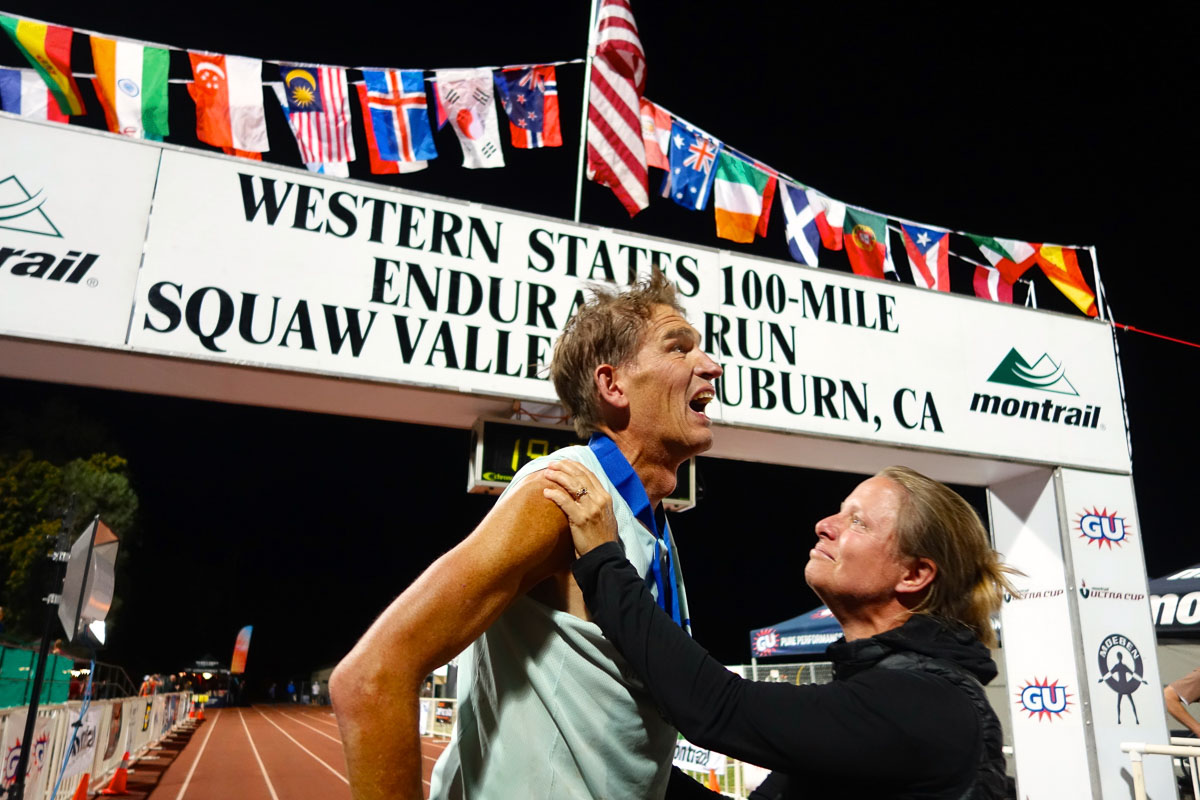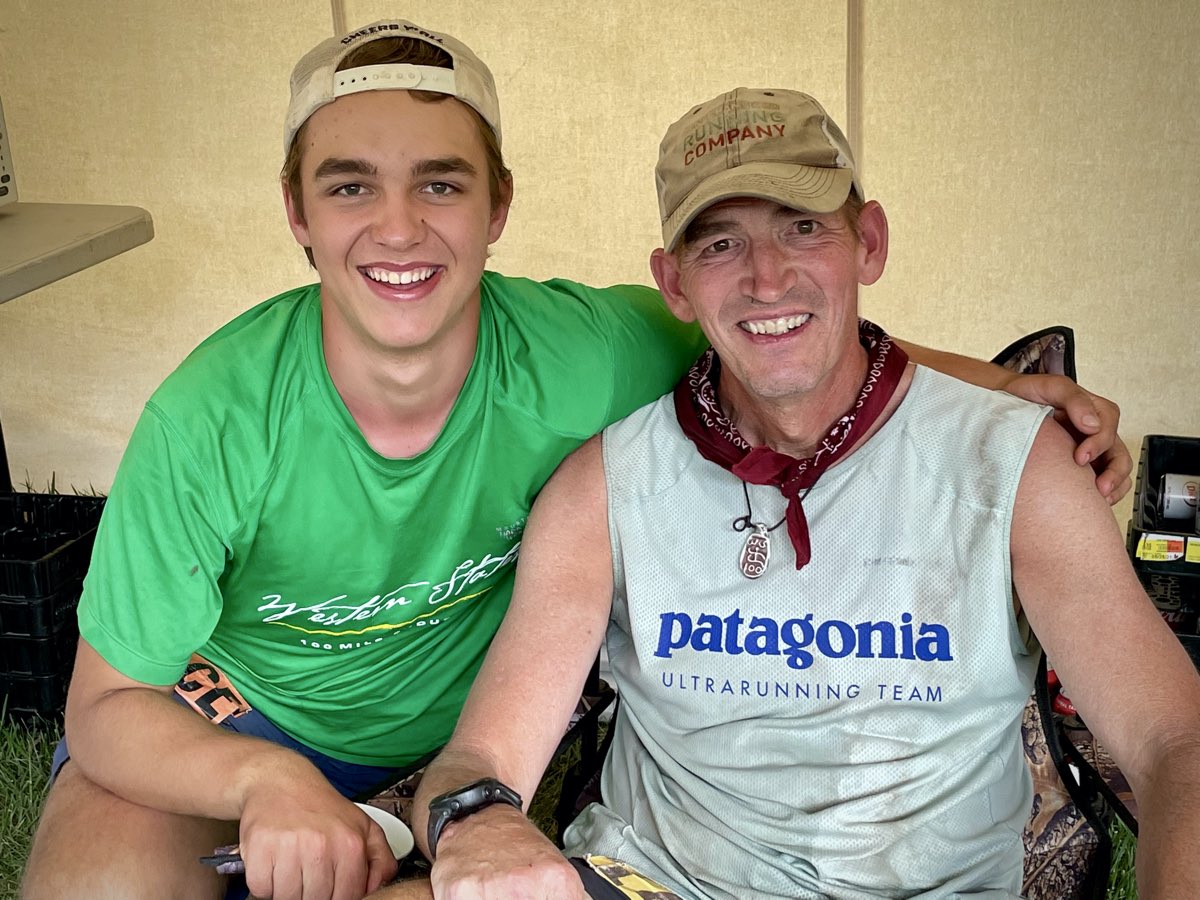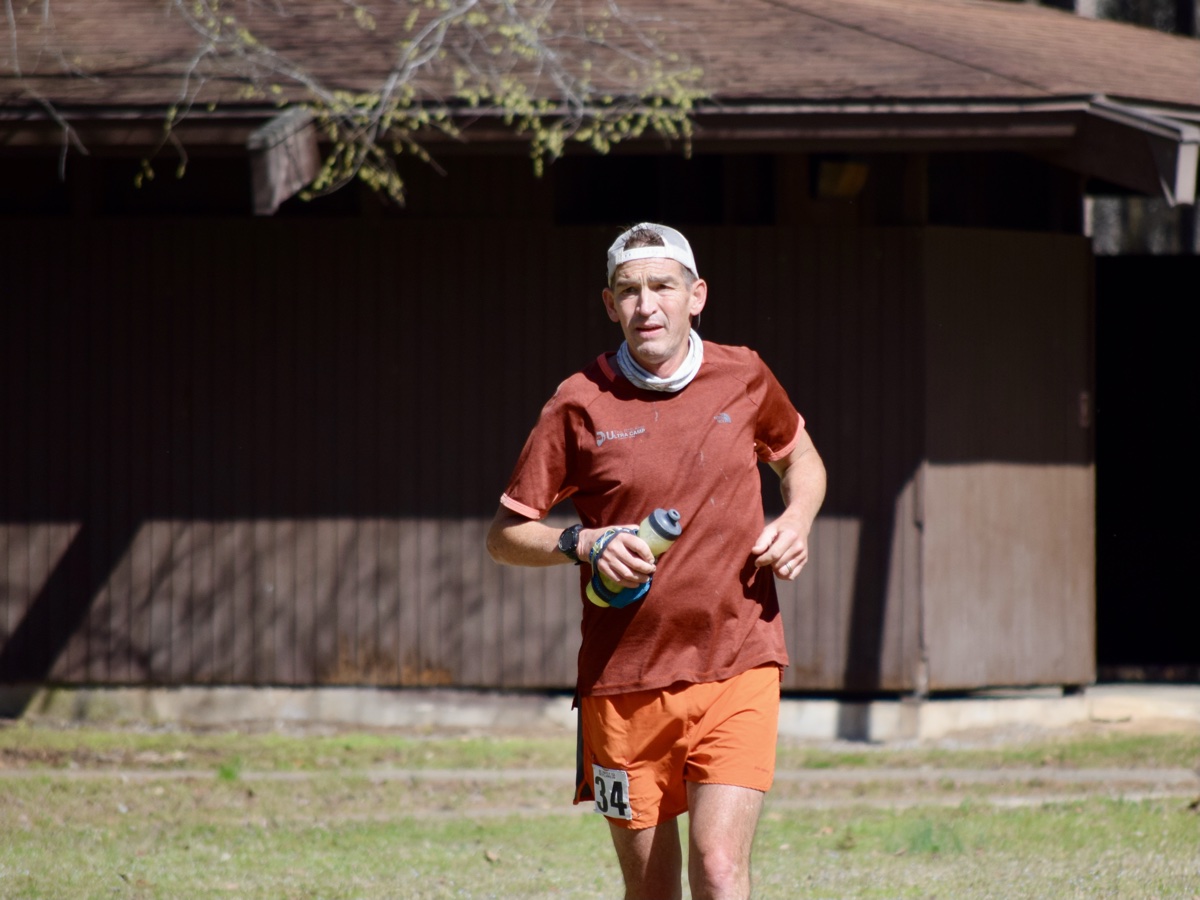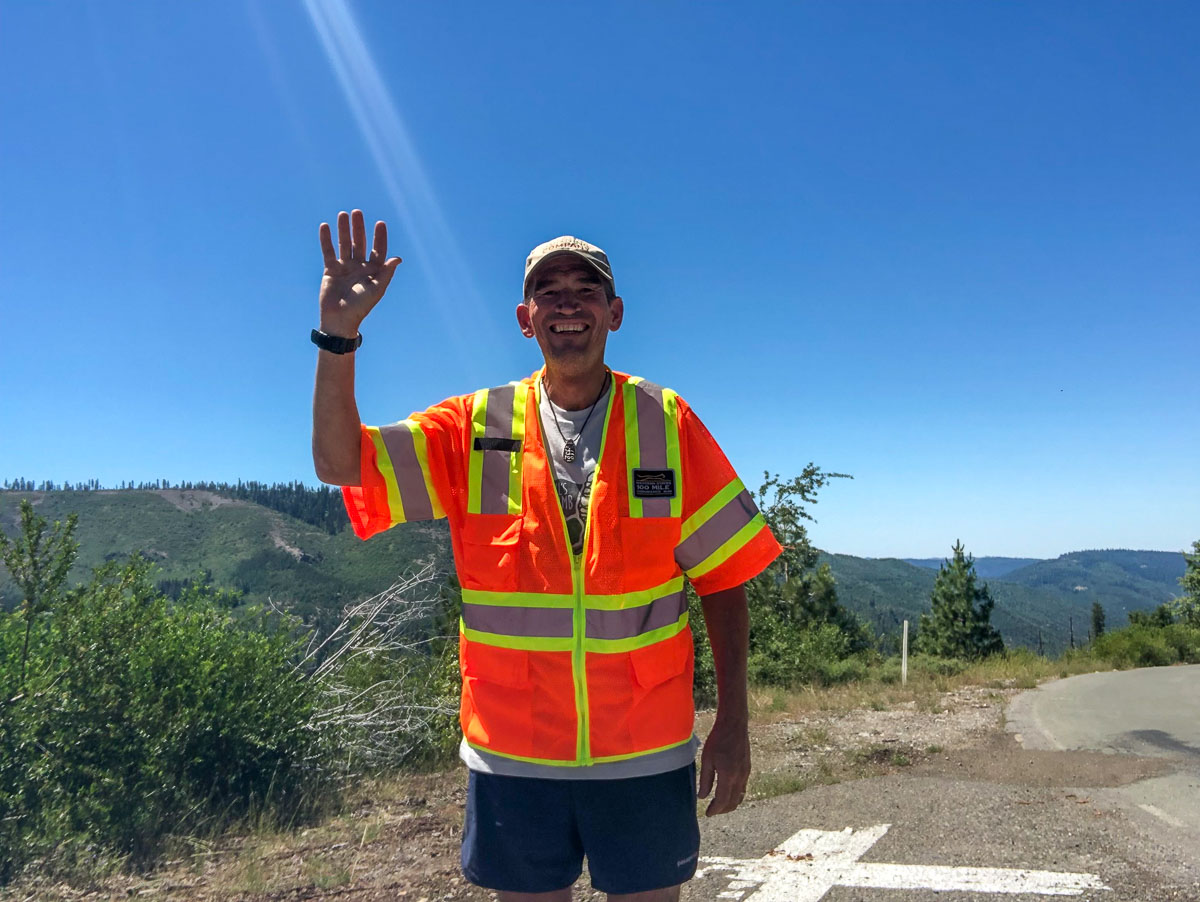 Earlier this week, Tom Brady, the legendary American football quarterback, announced his retirement after 22 record-breaking seasons playing for the New England Patriots and Tampa Bay Buccaneers. At the age of 44, Brady’s career lasted significantly longer than most American football players, and in retirement, he leaves behind a legacy in which he is generally regarded as the greatest NFL quarterback of all time.
Earlier this week, Tom Brady, the legendary American football quarterback, announced his retirement after 22 record-breaking seasons playing for the New England Patriots and Tampa Bay Buccaneers. At the age of 44, Brady’s career lasted significantly longer than most American football players, and in retirement, he leaves behind a legacy in which he is generally regarded as the greatest NFL quarterback of all time.
Brady’s noteworthy retirement got me thinking about the whole concept of retirement in ultrarunning. While there are certainly many examples of people who come and go in the sport it occurs to me that there are many that may never actually retire. Rather, we redefine ourselves in the sport. Take me, for example.

AJW and his wife Shelly at the finish line of the 2014 Western States 100 in 2014. Photo: iRunFar/Bryon Powell
I began running ultras in 1992, and ran my first 100 miler in 2000. By 2004, at the age of 37, I had established myself as a competitive ultrarunner and enjoyed a run of about eight years during which I found myself at or near the front of the pack in most of the races I ran. Certainly, the competitive aspect of the sport was far different then than it is today, but nonetheless, my success allowed me to garner some modest sponsorships and a few other perks of being a successful runner.
Around 2012, in my mid-forties, I began to get slower. Over the next few years, I found myself drifting back from the front of the pack toward the middle, and sometimes even toward the back of the pack. I got injured a bit more often than I used to, and found myself joining the large group of folks known as aging runners. While it was certainly a humbling experience, at no time did I ever feel like I was retired; rather, I thought of myself as participating in the sport differently than I did during my more competitive years. In many ways, it was actually liberating rather than limiting. Due to the lifetime nature of the sport, and the unabashed egalitarian tradition of ultrarunning, I grew to realize that as long as I could still finish races within the cutoff times, I was still an active ultrarunner and could seemingly never retire.
Additionally, around the same time that my competitive years were receding into the rearview mirror, I became more actively involved in the sport in other ways beyond participating in races. I continue to write three-times-a-month columns about running here at iRunFar, I share stories and thoughts on various podcasts, I have become a coach with Carmichael Training Systems, I have volunteered at many events, most notably my beloved Western States 100 (to which I have traveled across the country to volunteer every year since my last run there in 2014), and I have even had a three-year stint as the co-race director for the Thomas Jefferson 100k in Virginia. In short, the sport has given me plenty of opportunities to remain involved well beyond my competitive years.
I understand that there are others who may wish to remove themselves from the sport once their competitive years are over. I suppose this is no different for athletes in other sports. We see countless examples of retired athletes who become coaches, journalists, and thought leaders, while others just disappear. Nonetheless, ultrarunning seems to be a sport that is particularly welcoming to us “retirees.” Enabling us to remain actively involved in the sport enriches the community, deepens the sense of purpose for all involved, and brings a welcome feeling of camaraderie and shared joy to a world and a culture that so deeply needs it.
Bottoms up!
AJW’s Beer of the Week
 This week’s Beer of the Week comes from Southern Star Brewing Company in Conroe, Texas. Southern Star’s Pine Belt Pale Ale is a classic American Pale Ale harkening back to the old school Amber Pale Ales that were popular in the early years of the craft beer movement. Malty, balanced, and moderately hopped, Pine Belt is a nice late winter beer to be savored.
This week’s Beer of the Week comes from Southern Star Brewing Company in Conroe, Texas. Southern Star’s Pine Belt Pale Ale is a classic American Pale Ale harkening back to the old school Amber Pale Ales that were popular in the early years of the craft beer movement. Malty, balanced, and moderately hopped, Pine Belt is a nice late winter beer to be savored.
Call for Comments
- Do you feel like you’ll ever “retire” from ultrarunning, or somehow remain involved as much as possible, even if that doesn’t mean running as fast or as far as you previously did?



